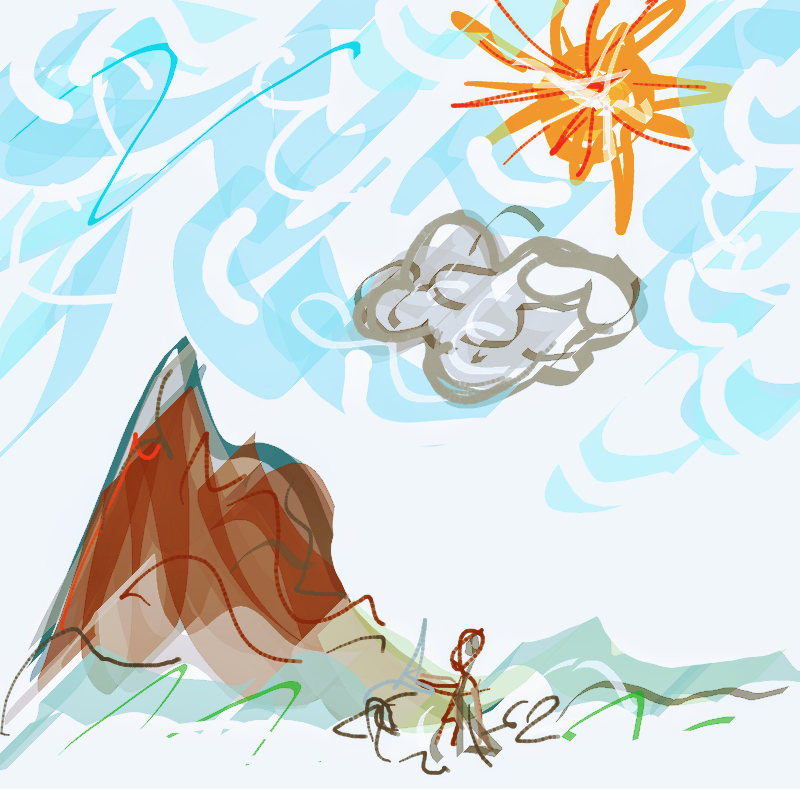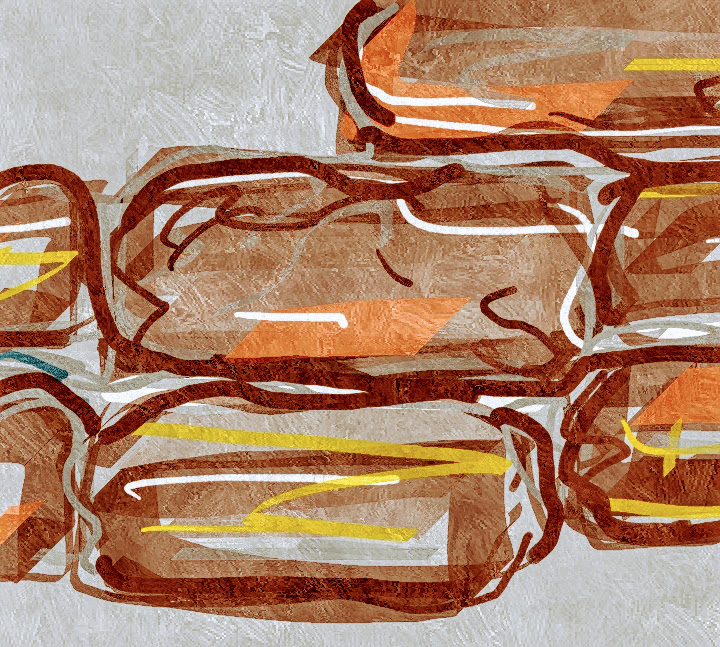
The New Year is a time when we focus on setting goals, framing intentions, and sharing aspirations. We think about what we want to create in our lives. Wanting things that are different and better is a part of being human. It is also a delicate dance with acceptance of what we get and may not want. There’s an old story that illustrates this.
A stonecutter was laboring chipping away at the face of a mountain. It was hard work, and it was his reality day after day. As he cut the rock, a wealthy merchant passed by, carried on a palanquin by a team of porters. How fortunate is he, said the stonecutter to himself, while I labor endlessly his life is effortless. How I wish I were him. There must have been some magic in the air because he was immediately transported into the body of the merchant. He found himself on some plush cushions. Ah, this is life, said the stonecutter. But in a few minutes, he began to sweat profusely. It was a hot day and the sun was beating down. His silk gown was soon soaked. Glancing up, he said, how I wish I was the sun. It is up there unencumbered, overlooking everything.
Once, again, in an instant, he became the sun. Up in the sky, he could see the world. But soon the sun found his rays blocked. There was a giant cloud. Again, discontent kicked in, the stonecutter wished to be like the cloud who could float through the sky and block the sun. And, in an instant, he was the cloud, floating freely in the sky. Suddenly, however, he found himself being pushed firmly against his will. It was the wind moving him around. How I wish I was the wind, said the stonecutter quickly. And he became the wind. The wind roamed about, rushing through the sky, through the trees. And then, it was stopped abruptly. It had collided with the mountain. I wish I was the mountain, said the stonecutter, and once again, there he was the mighty mountain, standing tall and firm. But, only for a moment, for there was a sharp pain at his base. Looking down, he saw a humble stonecutter, chipping away. The stonecutter wished himself back to his original form.
This story illustrates at one level that desire is endless and no existence is beyond hardship. Many spiritual teachings emphasize acceptance. This act of making peace with our lot and finding meaning in it is illustrated in another story, that of a stonemason.

A man was walking through town when he saw a team of men stacking rocks. What are you doing, he asked one of them. The man glanced up, annoyed, can’t you see?, he said, I am stacking this pile of rocks. The walker turned to a second man and asked again, what are you doing? The man looked at him with a joyful smile and declared, I am building a cathedral.
This story illustrates the power of transforming our lives by transforming the meaning we attach to what we do. As you likely have, I have encountered and been inspired by people doing repetitious and difficult work with a sense of grace and joy. I wrote about this in a blog post when I lived in Mauritius (The Power of Positivity link).
Yet, desire and discontent is an essential trigger for improving our lives. Because we want things to be better, we work to address problems and create new things. Without this, we’d be relatively static, stuck wherever and with whatever we find ourselves. Our modern socialization emphasizes agency, empowerment, and innovation; it differs from the times when people were encouraged to be content with their lot and not rock the boat. People thus accepted lives of great hardship and poverty because that’s what was expected. Yet, because they accepted this, they may have suffered less than we who have much more and are less satisfied.
Finding the balance between desire and acceptance is among the biggest balancing acts we face as humans. Continual desire for what we don’t have can place us in a constant state of stress and turmoil, where nothing is good enough. Passive acceptance of what is given to us can put us in a place of being at the mercy of circumstance and sometimes exploitation.
Finding the place between action and acceptance is delicate dance. The sweet spot is expressed in the Prayer of Serenity by Reinhold Niebuhr:
God, grant me the serenity to accept the things I cannot change,
courage to change the things I can,
and wisdom to know the difference
The quote speaks of wisdom. Finding the wisdom to know the difference between what to accept and what to change is not easy or obvious. In the parable of the stonecutter, it is often what we only find through lived experience, finding that advancement doesn’t necessarily mean that problems go away. As we set our goals for the future, we need to leaven our desire for change with grace and acceptance for what happens. Finding ways to rise with courage and fall gracefully is a dance (much more on this in future posts). 2020 has given us much experience in encountering the unexpected. We can build on that, even as we reach forward with new hopes for the future. The future may not be as we hope but our effort matters in shaping outcomes. May you step boldly towards your goals in the year ahead and may you find grace in the dance.

